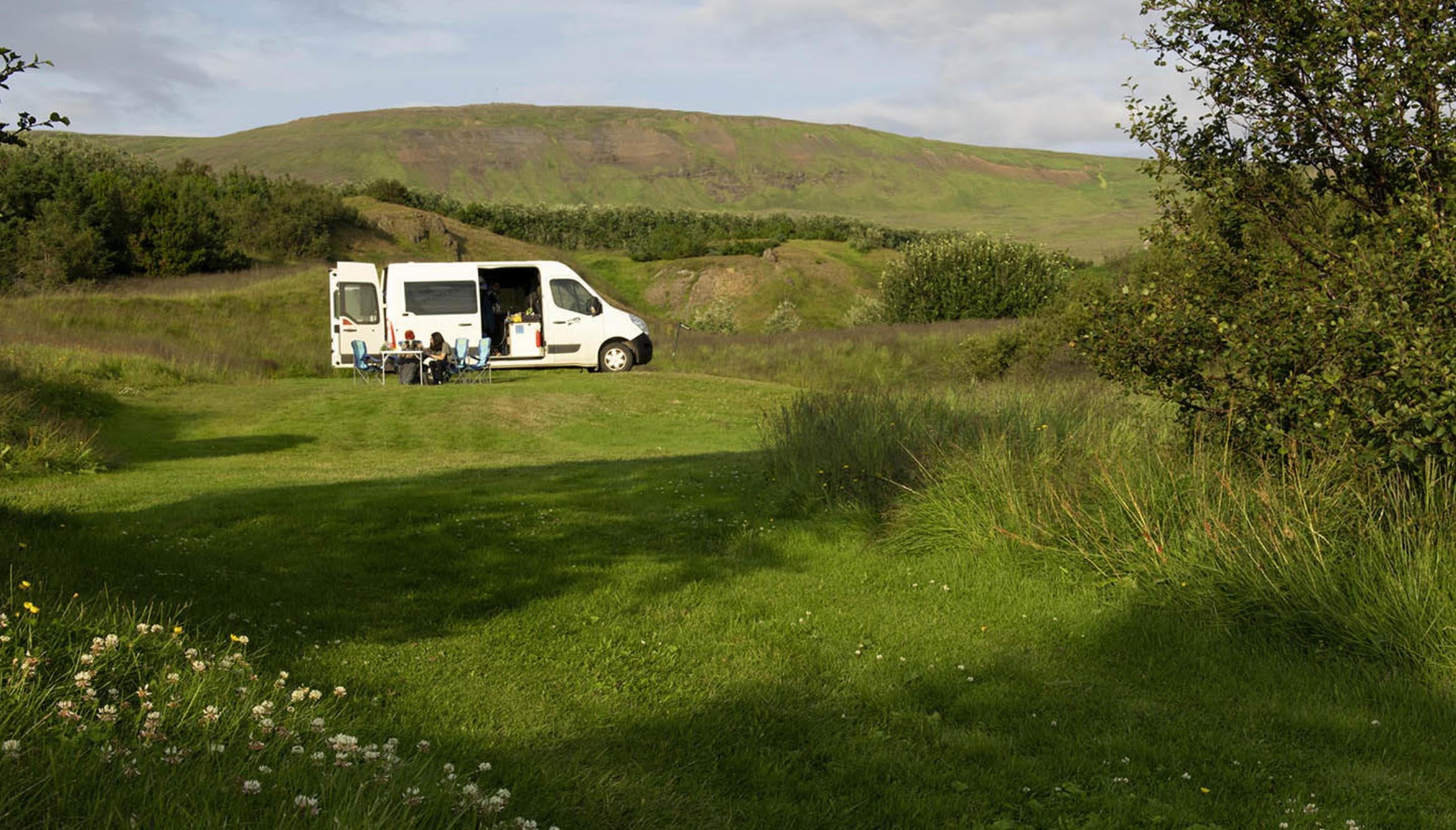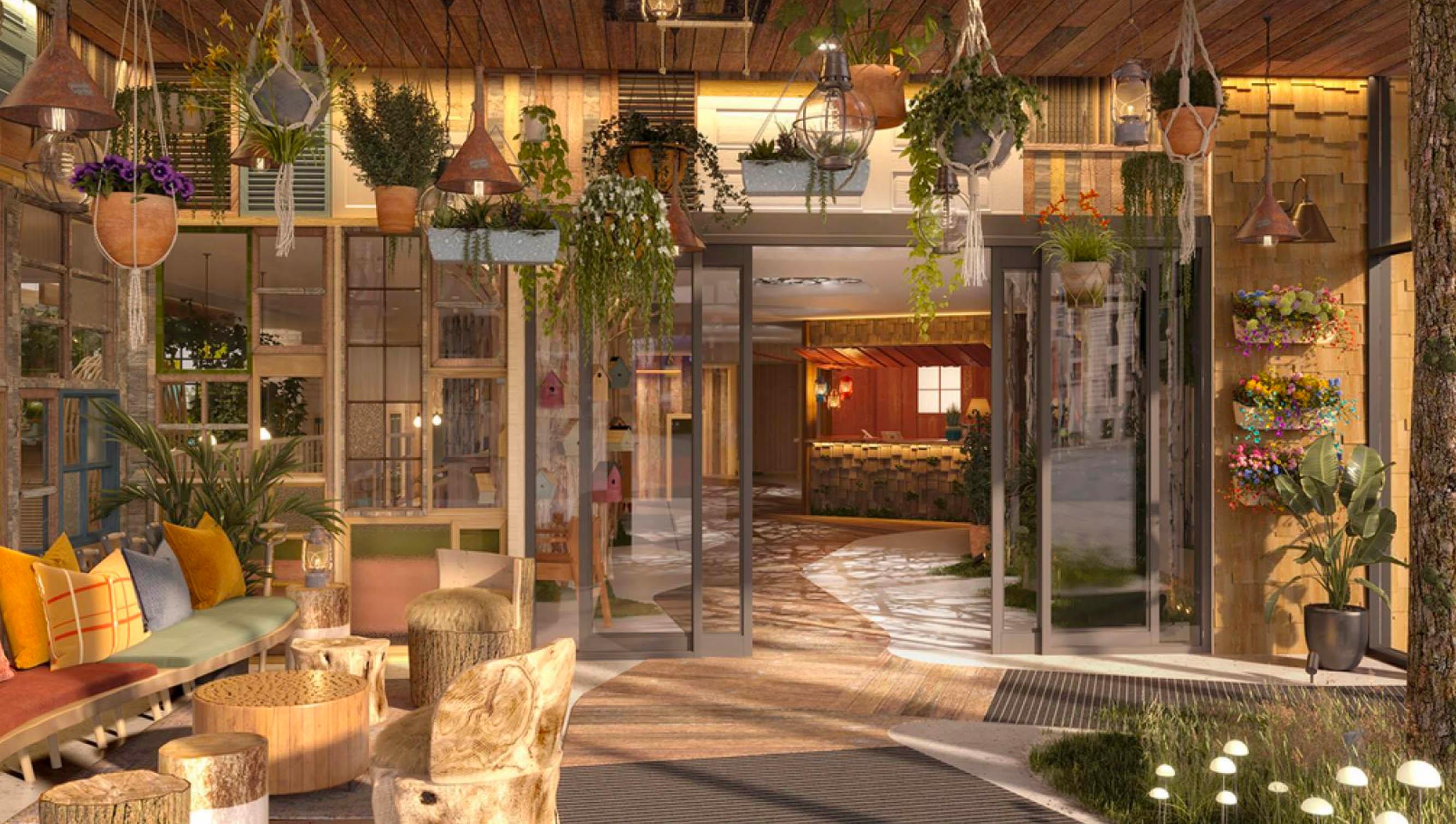The Rise of Tiny Living in the UK: Downsizing for Big Adventures

The traditional image of the British home – a sprawling detached house with a manicured lawn – is slowly being challenged by a new movement: tiny living. These compact dwellings, typically under 400 square feet, are gaining traction across the UK, driven by a confluence of economic, environmental and lifestyle factors.
Financial Freedom and Affordability:
The soaring cost of housing in the UK, particularly in major cities, is a significant driver of the tiny living trend. For many young people and first-time buyers, a traditional house seems out of reach. Tiny homes offer a more affordable alternative. The initial cost of building or purchasing a tiny house is significantly lower than a traditional property. Additionally, with a smaller footprint, utility bills and maintenance costs are reduced. This frees up disposable income for travel, hobbies or simply achieving financial security.
Environmental Consciousness:
Sustainability is a growing concern for many Britons, and tiny homes offer a more eco-friendly way of life. They require less building material, use less energy for heating and cooling, and often incorporate features like solar panels and composting toilets. This reduced environmental impact appeals to those seeking a more minimalist and sustainable lifestyle.
A More Intentional Life:
Tiny living encourages a more mindful approach to possessions and consumption. With limited space, every item needs to serve a purpose. This can lead to a more decluttered and organized living environment, freeing up mental space and promoting a sense of well-being. Tiny homes also encourage a closer connection to nature, as many are designed to be mobile and located in scenic locations.

The Different Faces of Tiny Living in the UK:
The tiny living movement in the UK is not monolithic. It encompasses a variety of dwelling types and lifestyles:
- Mobile Tiny Houses on Wheels (THOWs): These custom-built homes offer the ultimate flexibility, allowing owners to travel and park in designated locations
- Converted Vans: Vans are being cleverly transformed into mobile living spaces, perfect for those seeking adventure and off-grid experiences
- Micro-Apartments: In urban areas, micro-apartments are emerging as a solution for downsizers and young professionals seeking a centrally located, low-maintenance living option
Challenges and Considerations:
While tiny living offers many benefits, there are also challenges to consider. Building regulations and finding suitable land for mobile tiny homes can be complex. Living in a small space requires careful planning and organization to maximize functionality. Additionally, tiny living might not be ideal for families or those who require a dedicated workspace.
The Future of Tiny Living in the UK:
Despite the challenges, the tiny living movement is expected to continue growing in the UK. As housing affordability remains a concern and environmental consciousness increases, tiny homes offer a compelling alternative lifestyle. The rise of tiny living communities, offering shared resources and support, will further strengthen the movement.
Exploring Tiny Living Further:
If you’re intrigued by the idea of tiny living in the UK, there are numerous resources available online for research and inspiration. Consider attending tiny house festivals or workshops, connecting with online communities and exploring the work of tiny house builders in the UK.
Tiny living might not be for everyone, but it offers a unique and inspiring approach to housing. Downsizing your space can lead to a more meaningful and fulfilling life, both for your wallet and the planet.










